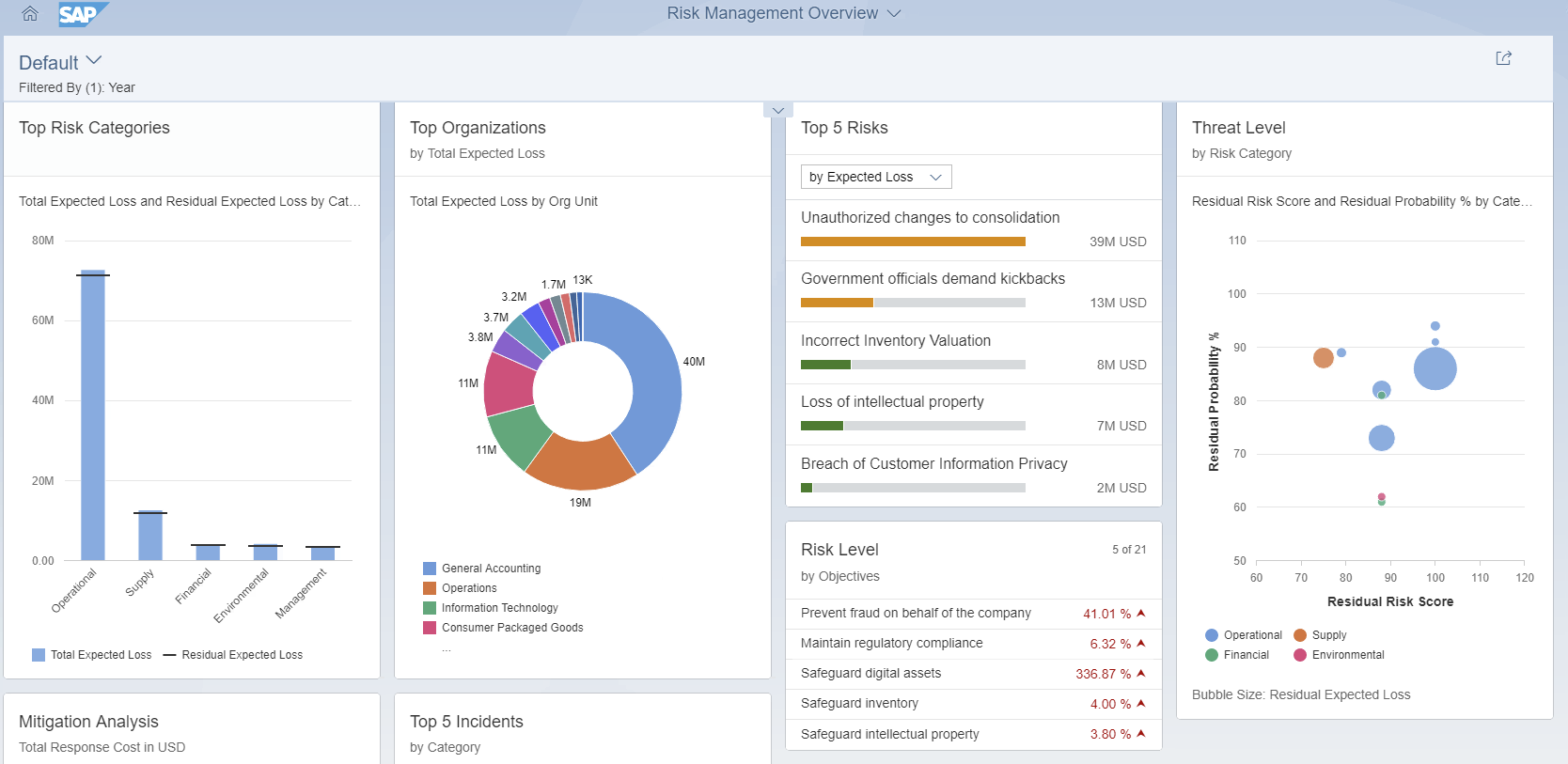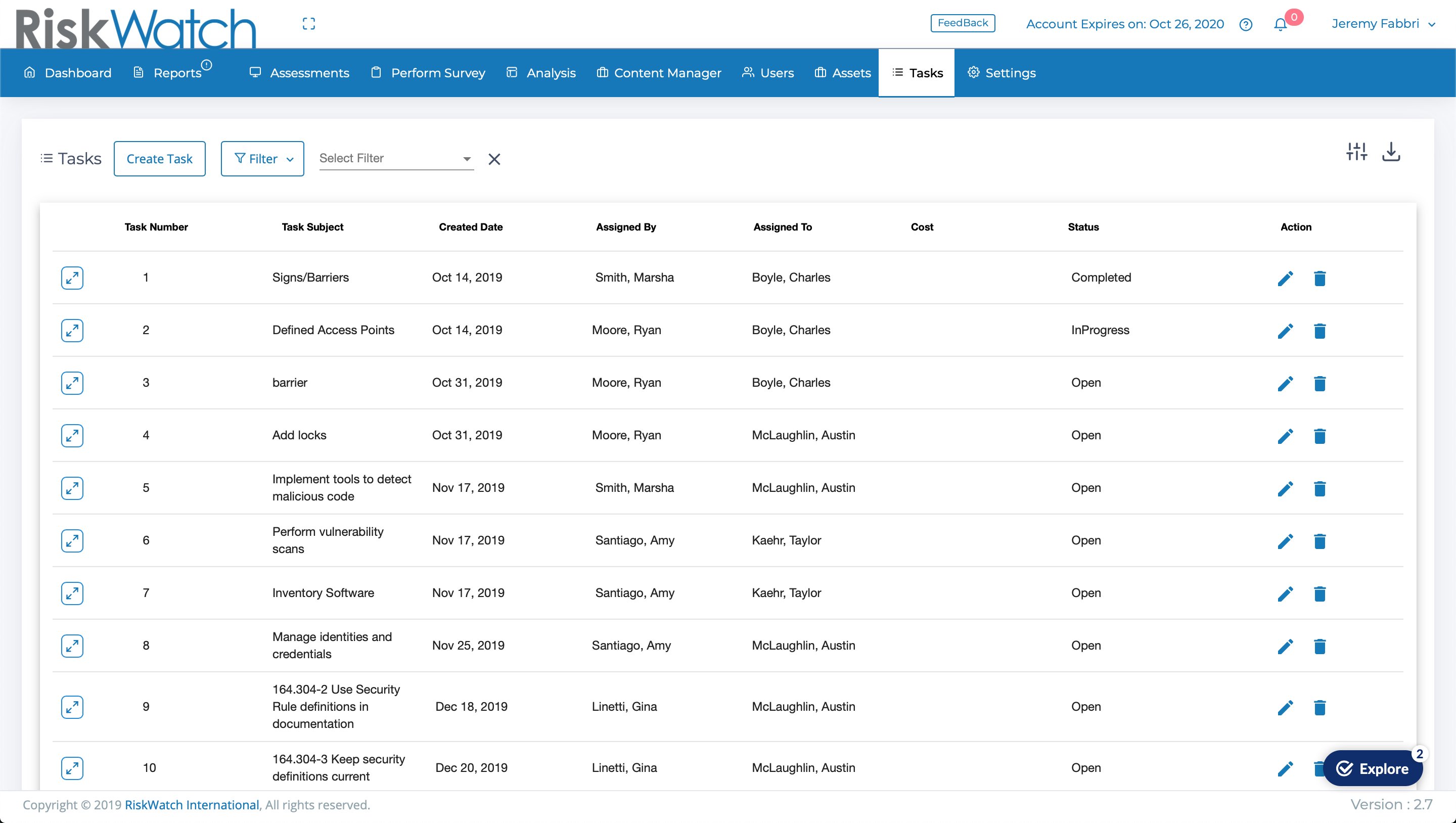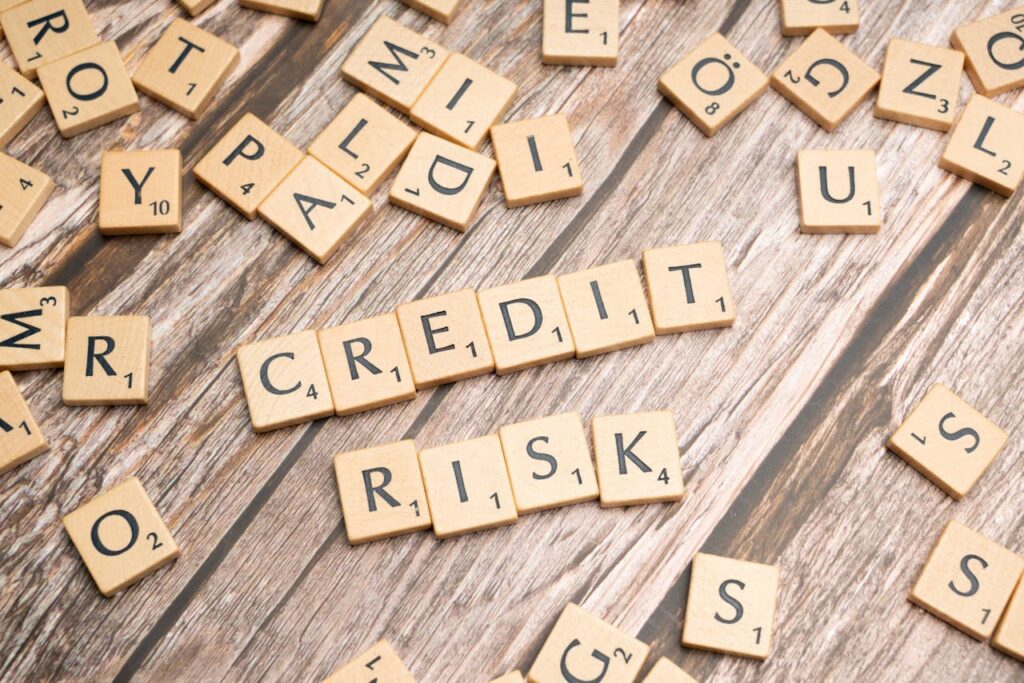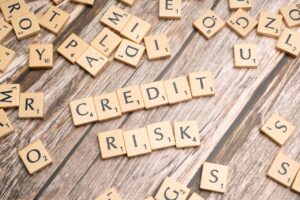The importance of risk management tools in project execution cannot be overstated. Projects, regardless of their scale or nature, inherently involve uncertainty. These uncertainties can manifest in various forms, such as unexpected budget overruns, delays, technical glitches, or external factors like market shifts or regulatory changes. Effective risk management serves as a safety net, helping project managers and teams anticipate, evaluate, and proactively address potential challenges. It ensures that risks are not merely viewed as obstacles but as opportunities to make informed decisions and, ultimately, to enhance the project’s chances of success.
Selecting right risk management tools is an absolutely critical aspect of project management. These tools act as force multipliers for project teams by providing structured frameworks and analytical capabilities to assess, monitor, and respond to risks. The choice of tool can significantly impact a project’s success. An effective tool streamlines the process, facilitates collaboration among team members, enhances data accuracy, and helps in identifying trends or patterns in risk data that might otherwise go unnoticed. Conversely, the wrong tool can lead to inefficiencies, missed opportunities, and increased vulnerability to unforeseen challenges.
The journey of choosing the right risk management tool involves a structured step-by-step process to ensure a methodical and effective approach. This process includes tasks such as defining project objectives and requirements, identifying potential tools, conducting evaluations, involving key stakeholders, and making informed decisions. Each step in this process plays a vital role in narrowing down the options and aligning the selected tool with the project’s unique needs. By following this structured process, project managers can minimise risks associated with tool selection and maximise their chances of successful risk management implementation.
1. Familiarise with the Project Strategy and Goals
- Aligning risk management with the project’s strategy and goals is akin to calibrating a compass before embarking on a voyage. It ensures that risk management efforts are not generic but finely tuned to the project’s specific direction. Different projects have distinct strategic objectives—some may prioritise rapid market expansion, while others aim for cost optimisation or innovation. These strategic choices have profound implications for the types of risks that may arise. By aligning risk management with these strategic choices, project managers can focus their efforts on the areas that matter most, ensuring that risk mitigation and opportunity pursuit efforts are in sync with the overarching project objectives.
- Understanding the project’s objectives serves as a foundational pillar in the risk assessment process. The objectives of a project define its purpose, scope, and intended outcomes. This understanding allows project managers to assess risks not in isolation but in the context of what the project aims to achieve. It helps in identifying risks that could potentially derail progress toward the project’s goals. For instance, if a project seeks to achieve rapid market entry, risks related to market volatility, regulatory compliance, or supply chain disruptions may take precedence in the risk assessment process. This targeted approach ensures that resources are allocated where they matter most and that the project remains aligned with its overarching objectives.
Project Acumen
It’s crucial to acknowledge that no two projects are identical, as they often have unique strategic goals and objectives. These strategic choices significantly impact the risk landscape of each project. For example, a project focusing on disruptive innovation may embrace higher levels of technical and market risks, while a cost optimisation project might prioritise financial and operational risks. Understanding these nuances helps project managers tailor their risk management strategies. By recognising that different projects possess their distinct risk profiles, shaped by their strategies, project teams can approach risk management with a customised and strategic perspective, maximising the project’s chances of success.
2. Understand and Manage Expectations
Managing stakeholders’ expectations concerning risk is a delicate yet critical aspect of project management. It involves not only recognising the various stakeholders who have an interest in the project but also understanding their risk tolerance levels, concerns, and priorities. Effectively managing these expectations ensures that stakeholders are informed about potential risks, enabling them to make informed decisions and support the project. It also helps prevent unrealistic expectations that can lead to dissatisfaction if risks materialise.
Setting realistic risk tolerance levels is akin to defining the boundaries within which a project operates in terms of risk exposure. These levels should align with the project’s objectives and the stakeholders’ risk appetite. By establishing clear and realistic tolerance thresholds, project teams can make informed decisions about which risks to accept, which to mitigate, and which to transfer or avoid. Unrealistically high risk tolerance levels can lead to reckless decision-making, while overly cautious levels may stifle innovation and progress.
3. Identify Opportunities and Concerns
Risk management isn’t just about protecting a project from potential harm; it’s also about capitalising on opportunities that can drive project success. Proactively identifying both risks and opportunities ensures that project teams maintain a balanced perspective. This approach allows them to not only mitigate or avoid threats but also leverage strengths and seize opportunities that align with the project’s goals.
Techniques like SWOT (Strengths, Weaknesses, Opportunities, Threats) analysis and risk workshops provide structured approaches to identify risks and opportunities. SWOT analysis helps assess the internal and external factors that can impact a project’s success. Risk workshops, on the other hand, bring together a cross-functional team to brainstorm potential risks, their likelihood, and impact. These techniques promote systematic thinking and ensure a comprehensive exploration of potential project-related factors.
4. Focus on Successful Project Delivery
The ultimate goal of risk management tools is to enable successful project delivery. Success is defined by achieving project objectives, staying within budget, and delivering on time. Effective risk management ensures that risks are managed in a way that aligns with these overarching project goals. It’s not just about avoiding problems but also proactively planning and responding to uncertainties to ensure the project’s ultimate success.
The risk landscape is dynamic, and risks can evolve throughout a project’s lifecycle. Continuous monitoring ensures that project teams remain vigilant and adapt to changing circumstances. By regularly assessing the effectiveness of risk mitigation measures and revisiting risk assessments, project managers can proactively respond to emerging risks and seize opportunities as they arise, ultimately enhancing the project’s resilience and success.
5. The Selection Process
Selecting the right risk management tool involves considering various criteria. These criteria encompass factors such as scalability to accommodate project growth, ease of use to ensure efficient adoption by the team, and integration capabilities to seamlessly interface with other project management tools and systems.
- Scalability ensures that the chosen risk management tool can grow with the project’s needs, adapting to larger teams or more complex risk scenarios.
- Ease of use fosters efficient adoption by team members, reducing the learning curve and ensuring that risk management becomes an integral part of the project process.
- Integration capabilities enable the tool to communicate and share data with other project management systems, streamlining the flow of information and enhancing overall project visibility.
Each project is unique, and its risk management tool should be tailored to its specific needs. Factors such as project size, complexity, industry, and regulatory requirements all play a role in determining which tool is the best fit. It’s essential to consider these specific project requirements when making the tool selection.
6. Popular Risk Management Tools
Several risk management tools and software options are available in the market, each with its own set of features and capabilities. A few popular options are:
- Oracle Primavera Risk Analysis, for example, offers comprehensive risk assessment, tracking, and reporting capabilities, making it suitable for large, complex projects.
- SAP Risk Management provides a holistic view of risks across the organisation, ideal for enterprise-level projects.
- RiskWatch is known for its user-friendly risk register capabilities, making it suitable for smaller projects.
7. Making the final decision
Making the final decision on selecting a risk management tool is a pivotal step in the process. It involves carefully weighing various factors to ensure that the chosen tool aligns perfectly with the project’s needs. Factors to consider include the tool’s features, cost, scalability, ease of implementation, and support. It’s essential to create a comprehensive evaluation framework that assigns weights to these criteria based on their importance to the project. By comparing different tools against this framework, project managers can arrive at an objective and informed decision.
Before committing to a risk management tool, it’s highly advisable to conduct trial periods or demos. These hands-on experiences provide valuable insights into how the tool functions in real-world project scenarios. During the trial period, project teams can assess the tool’s usability, compatibility with existing systems, and its ability to meet the project’s specific needs. Demos, on the other hand, allow stakeholders to see the tool in action and ask questions directly. These firsthand experiences help project teams make more confident and well-informed decisions.








